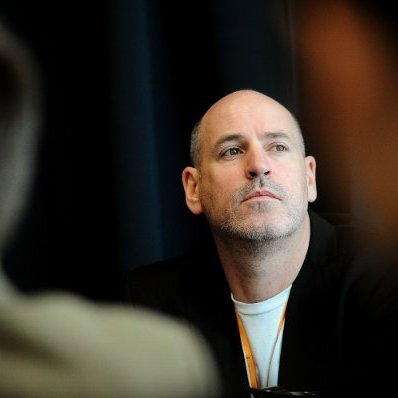How influential are influencers?
Celebrities, mums, average joes … just how influential are influencers, and how can you pick the right one for your brand? Richard Spencer, CMO at Isentia, breaks it down in this guest post.
If you’ve heard the name King Bach chances are you’re a millennial.
The 28-year old influencer, otherwise known as Andrew Bachelor, boasts over 37 million social media followers – a number that climbs by 30 to 40 thousand each day. Bachelor forms part of the growing wave of influencers cashing in as brands are clambering to be featured in their social media feeds in the hope to generate sales.
So, how much influence does an influencer really have?




If some famous for being famous type hints, suggests or downright demands online, or anywhere else for that matter, that this or that product – be it dog wash or diamonds – is a must have, I make a point of not buying it. But then I’m old and cynical.
So, “…40% of people purchased an item online after seeing it used by an influencer…”.
I’d be impressed if you replaced the word “after” with “because”.
My research shows that 100% of people purchased an item online after breathing.
Referboard is all about peer to peer affiliate marketing – if you like something you see online, refer it to your friends to earn commission for completed sales. This also works for influencers, especially highly influential influencers, in the same way but on a larger scale.
Hi Richard. Good read. Impossible for brands to make influencer decisions on incomplete information when the influencer him/herself has no insight on their audience. Imagine when the right tech lets a brand see that only 4% of the audience they bought access to is actually in Australia.
Brands yet to understand they can choose different influencers deliver different marketing outcomes. Tim Cahill may create great awareness but may not generate sales or or effective in protecting a brand.
The best intelligence drives the most informed decision making but the right tool is needed.
These are the things I take away from your article Richard:
– The fallacy of: “An influencer has a large following, this will give your brand large exposure, this will lead to more sales”. This is far to simplified to spend large money on.
– The influencer is only one side of a triangle. The other two are content and audience. Sound very similar to the right message through the right channel to the right people.
– I think the dog was more of an influencer than Andrew Malcolm.
So, here are my questions.
– What metrics do you suggest for brands to use to assess whether someone is a useful influencer?
– Friends and family might have more influence on individuals but the relationship is one to one, few to few. A famous person will have less influence per person but have a bigger reach. How do brands reconcile this?
– What is the best way to show causation rather than correlation in influencer campaigns?
Jack